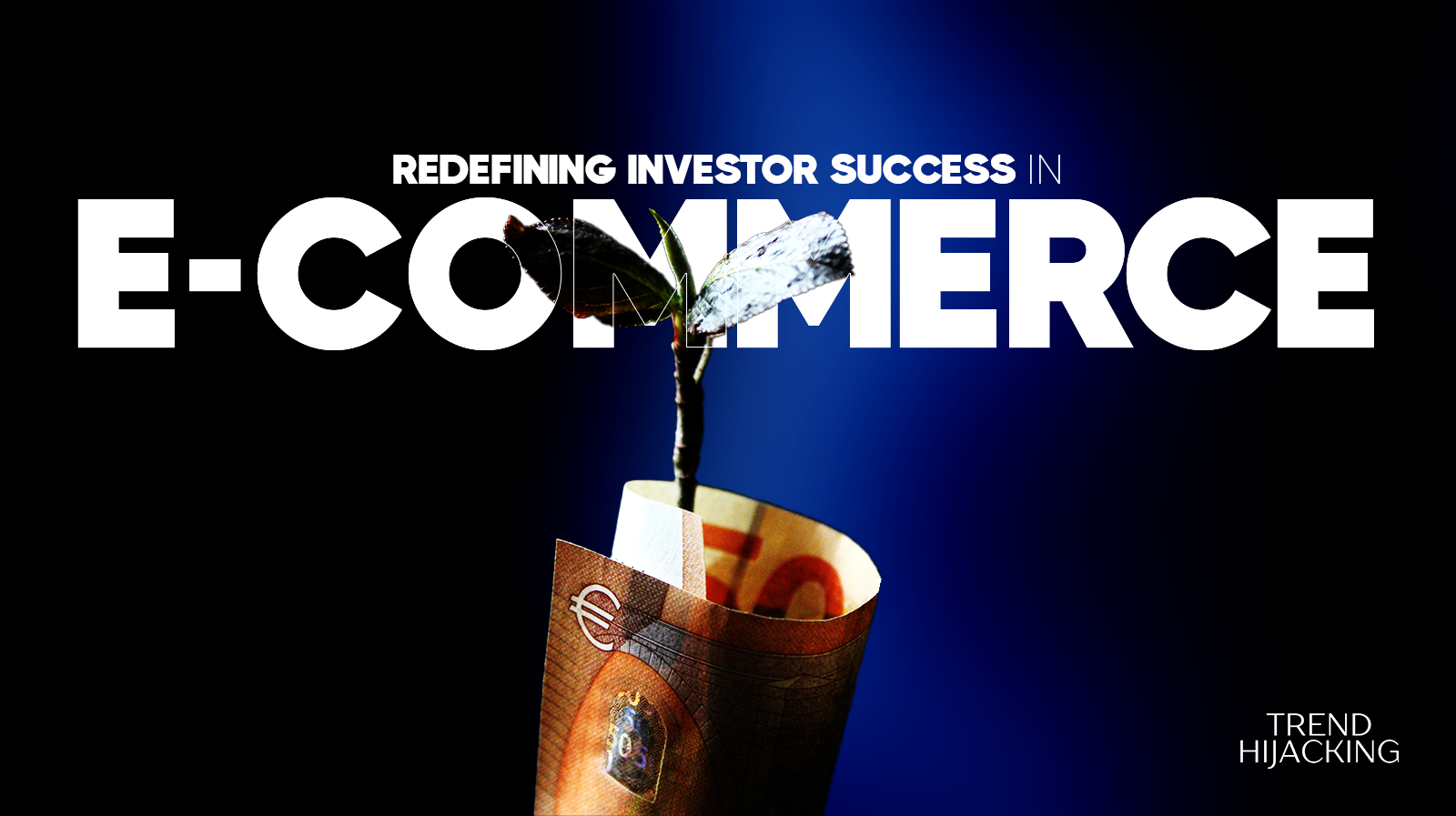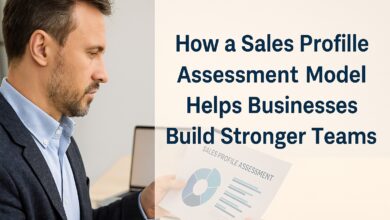E-Commerce Business Acquisitions Redefining Investor Success
E-Commerce Business Acquisitions Redefining Investor Success

St. Petersburg, FL – September 18, 2025 – Harvard Business Review’s famous warning that 70-90% of acquisitions fail has become one of the most quoted statistics in business investing.
But here’s what’s fascinating… 491 investors have systematically ignored this advice and generated 200-500% returns doing exactly what Harvard says doesn’t work.
The difference? They’re not doing corporate mega-mergers.
They’re doing E-commerce Business acquisitions.
Over six years, these investors have generated $41.5 million in documented revenue by following systematic approaches that most people don’t even know exist.
And the results completely contradict everything Harvard’s research suggests about acquisition investing.
“Investors are navigating a landscape where success isn’t just about finding good deals,” said Dolapo Adedayo, founder of Trend Hijacking.
“It’s about having the operational expertise to actually scale what you buy.”
Why Harvard’s Numbers Don’t Apply to Acquiring Established E-commerce Businesses
Look, Harvard wasn’t wrong about corporate acquisitions.
When Disney buys Fox for $71 billion, or when Microsoft acquires Nokia for $7.2 billion, yeah, those deals often fail spectacularly.
But acquiring e-commerce brands? Completely different game.
Corporate acquisitions fail because of cultural integration nightmares, regulatory hurdles, and the chaos of merging massive organizations.
E-commerce acquisitions fail or succeed based on data, systems, and operational frameworks.
It’s like comparing flying a space shuttle to riding a bicycle.
Same basic concept (getting from point A to point B), but totally different skill sets and success factors.
The 491 investors who generated $41.5 million understood this distinction.
They weren’t trying to merge corporate cultures or navigate antitrust regulations.
They were buying systematic revenue generation engines and optimizing them.
The Three Things That Changed Everything
Through working with these 491 investors, three patterns emerged that explain why buying existing e-commerce businesses works when corporate deals don’t:
Pattern #1: The Burnout Opportunity
Most e-commerce business owners are operators, not investors.
They built something successful, but they’re exhausted.
They don’t know how to value their business properly, and they definitely don’t have access to the systematic scaling methods that can 10x their results.
“Really successful acquisitions start with finding sellers who are burned out and ready to exit below market value,” said the founder.
This creates opportunities that don’t exist in corporate M&A.
You’re not competing with Goldman Sachs and McKinsey for deals.
You’re talking to a guy who’s tired of managing customer service tickets and wants out.
Pattern #2: Systems Beat Politics
Corporate acquisitions get bogged down in human integration challenges.
E-commerce acquisitions scale through advertising systems, customer acquisition frameworks, and data-driven optimization.
“90% of successful E-commerce acquisitions scaling comes down to proven advertising systems,” said the founder, citing internal case study data.
When you acquire an E-commerce business, you’re not buying office politics or corporate hierarchies. You’re buying traffic sources, customer databases, and conversion systems. Things that can be optimized systematically.
Recent data shows that by 2024, over 80% of successful acquisition of established e-commerce businesses relied primarily on automated advertising systems rather than manual campaign management.
Simply put: “Every acquisition is now a systems business,” said the founder.
Pattern #3: Exit Clarity From Day One
Corporate acquisitions often happen for vague strategic reasons. E-commerce acquisitions happen with specific exit multiples in mind.
Nearly 90% of successful E-commerce acquisitions in their portfolio achieved 3-5x EBITDA exit multiples within 24 months… and of those, the average return exceeded 400%.
This isn’t luck. It’s systematic value creation focused on what the next buyer will pay for.
Real Numbers From Real Investors
The case studies tell the story better than any theory:
A UK e-commerce brand was doing $297K monthly revenue with 1.6x advertising returns when one of their partners acquired it. The previous owner had fragmented their budget across too many campaigns and was basically breaking even.
Within the first month, they restructured the entire advertising strategy using proven frameworks. “We weren’t reinventing anything,” explains their operations director. “We applied the same battle-tested systems that have worked across our 300+ successful acquisitions.”
Four months later: 2.7x+ ROAS and $1.3M monthly revenue with 23% profit margins. Total profit generated: over $375K.
Another partner tackled the fashion vertical, something most investors avoid because of seasonal complexity and inventory management challenges.
The core problem: the business was hemorrhaging cash during off-seasons and couldn’t predict demand patterns effectively.
The systematic approach identified three critical issues:
- Fragmented seasonal inventory planning causing 40% write-offs
- Customer acquisition timing misaligned with purchase cycles
- No systematic approach to capitalize on peak seasonal demand
Through implementing proven frameworks for seasonal businesses, the results were:
- $81,347 in strategic advertising investment
- $403,729 in revenue generated
- 5.13x overall returns (67% above their 3.0x target)
- Current performance: $4,837 generating $24,191 monthly
“Fashion e-commerce was completely outside our expertise,” admits the partner investor.
“But that’s exactly why this partnership model works. You don’t need vertical expertise when you have systematic frameworks that identify and solve core business problems regardless of industry.”
The same problem-identification approach works across all channels.
Even on emerging platforms, the system still delivered results: one campaign achieved 58% below industry-average acquisition costs while scaling $240,000 in total spend by solving the fundamental challenge of audience targeting in new markets.
What This Means for Investors Today
Here’s the thing: Harvard’s statistics create opportunity for investors who understand the difference between corporate M&A and E-commerce Business acquisitions.
In the e-commerce space alone, over $400 billion worth of businesses change hands annually. Most investors stay away because they’re scared by academic warnings about acquisition failure rates.
But those warnings don’t apply to systematic buying of businesses following proven frameworks.
The market dynamics are completely different:
- Motivated sellers who don’t understand their business value
- Systematic scaling tools that were previously only available to large corporations
- Predictable exit markets with sophisticated buyers paying premium multiples
- Data-driven optimization that removes guesswork from growth
“E-commerce Business acquisition may be diverse in size and sector, but investor goals are universal,” the founder said. “Our approach is building systematic solutions that are proven, scalable, and designed to meet investors where they are.”
The Systematic Framework That Enables 200-500% Returns
The 491 investors didn’t generate $41.5 million through luck or market timing. They followed a systematic framework that addresses the root causes of acquisition failure before they become problems.
Their Smart Acquisition Framework™ works in two phases:
Phase 1: Smart Acquisition (Days 1-30) While corporate deals take 12-18 months, E-commerce Business acquisitions can be analyzed and completed in 30 days because digital assets reveal everything through data.
You get CIA-level due diligence focused on revenue patterns, customer acquisition costs, advertising performance, and operational metrics. No cultural assessments or competitive positioning analysis needed… the numbers tell the complete story.
Plus deal structuring that creates an “equity cushion” from day one, so you have built-in profit even if you exit immediately.
Phase 2: Scale Setup (Days 31-60) Instead of spending months navigating organizational complexity, you get systematic scaling tools installed immediately.
This includes proven advertising systems, A-player team assembly, growth projections based on verified KPIs, and 30 days of post-acquisition support ensuring seamless integration.
The results speak for themselves: investors routinely achieve 3-5x EBITDA exit multiples within 18-24 months.
Limited Opportunities Available
Due to the intensive nature of their systematic approach, Trend Hijacking only works with a select number of qualified investors each quarter.
This is a deliberate choice that maintains quality and ensures proper support for each partnership.
For investors ready to access proven E-commerce Business acquisition systems without operational complexity, partnership applications are being evaluated through their qualification process.
The choice is simple: stay scared by Harvard’s warnings about corporate M&A failures, or join the 491 investors who’ve systematically generated $41.5M in revenue by applying frameworks designed specifically for E-commerce Business acquisitions.
Harvard’s statistics were never wrong. They just weren’t measuring the right market.
Ready to beat Harvard’s calculations? Visit trendhijacking.com to see if you qualify for their Smart Acquisition Framework.
About Trend Hijacking
Founded to address the systematic challenges in E-commerce Business acquisitions, Trend Hijacking has developed proven partnership programs for investors seeking systematic exposure to e-commerce growth opportunities. With $41.5M in documented success and systematic approaches refined across hundreds of transactions, they specialize in deal sourcing, operational scaling, and strategic exit optimization.
Media Contact:
Trend Hijacking
Support@trendhijacking.com
+1 213 632 3209 (US)
+44 20 3287 7320 (UK)



